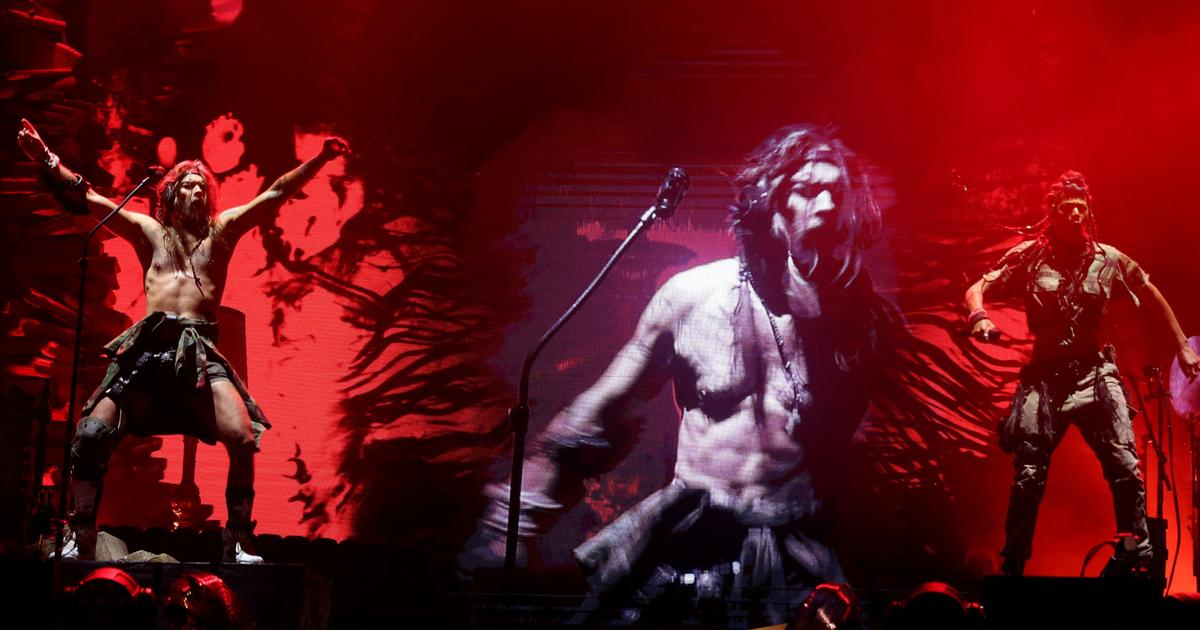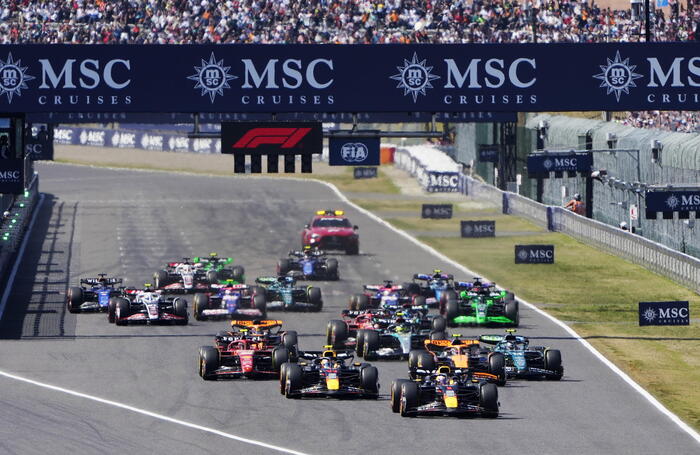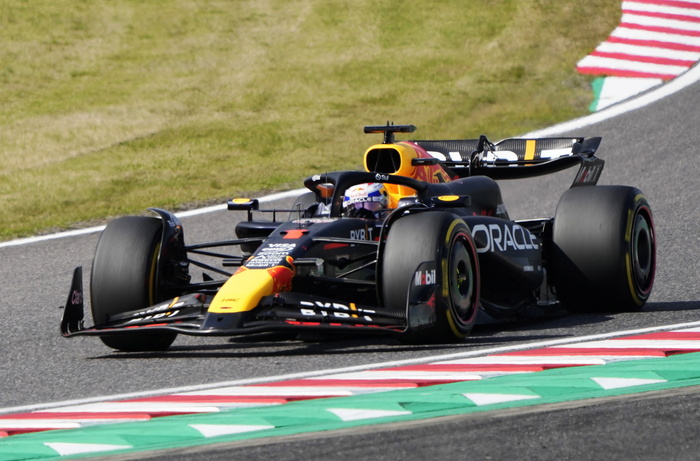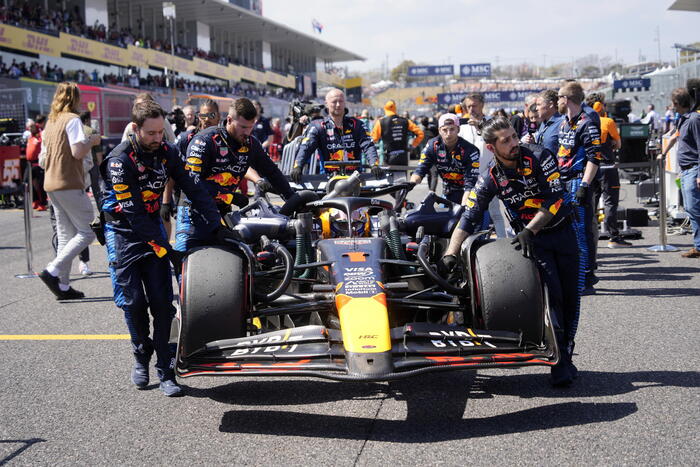It is easier to imagine the end of the world than the end of capitalism.
Fredric Jameson's phrase is repeated in all kinds of contexts, especially when we passionately talk about the climate apocalypse.
So let's put these lines, without any kind of complex, in that line of thought, of course animalist, but also environmentalist, ecological, who thinks of the relationship of living things with the world in a different way.
It is not difficult to imagine the end of the bullfighting festival.
Bullfighting is something else, but the place and form that bullfights occupied has a certain tradition in utopian and dystopian imaginations.
In Huxley's happy world there is no bullfighting or “scared bullfighters”, as Pedro Lemebel would say.
But in the
Mad Max universe
—Tina Turner's bullfighter shoulder pads!— bulls have a logic and the last rituals of post-apocalyptic humanity have more to do with Pedro Romero than with Sophocles or William Shakespeare.
In Anglo-Saxon science fiction, especially in the classic literature and comics of the 1950s and 1960s —Fernando González Viñas has done an exceptional job on the subject— bulls are assimilated with Chicano or Mexican identity and in that sense there is a subaltern sensibility that wants to understand the party and give it its place in the inclusive imagination of the future.
However, this limitless ability to imagine the world of bullfighting is very poor in the current bullfighting and, by mirror effect, in the prohibitionist anti-bullfighting policies -removing some cartoon from El Roto or the excellent Bullfighting, by Julián Barón.
Since Franco's coup d'état, the fiesta has hardly changed its regulations and very little the "rhetoric" of the bullfighter or the "terror" of the bull, according to Jean Paulhan's reading.
It is inconceivable that the only place where bullfighting pathos is productive right now is the south of France, the entire republic if Paris is considered a southern capital.
The reading of Bataille or the bullfighting of Michel Leiris are impressive approximations but they cannot exhaust or limit the understanding of what the bullfighting festival means.
Bullfighting interlude
.
At times we witness this capacity for thought, sometimes Benjamin, other times Krakauer, others Theodor Adorno himself, and if I go too far quoting thinkers in the wake of the Frankfurt School, it is not to assimilate the writing of Ferlosio to anything known. about the bulls, but rather to situate the level and sharpness of his observations for those who have never been to a bullfight or have spent a minute on the vicissitudes of the fiesta.
What Ferlosio writes not only illuminates the world of bullfighting, but also sports, the circus, theater, dance, cinema and any show in the public sphere is affected by his considerations.
In his light, for example, the performative ceases to be a hormonal adolescent attitude and becomes the axis that separates the real from the fictional with true effectiveness.
No, there is no youthful itch or tremendousness in his words, Ferlosio tries to understand what is at stake in the bullfight and his criticism of violence has more to do with Benjamin than with the Jünger of the "dangerous moment".
To understand each other, there is more
playground
than Hemingway in his lines.
The policies of excess that only lead to a tension between regulations and irrationality, along the lines of Leiris or Bataille, are here dismantled with a clinical eye knowing how to distinguish between police reason and delinquent reason in the social game that bullfighting produces.
Of course, bullfights are seen without essentialist mythologies, for what they are, a modern spectacle that arrived with the Enlightenment and evolved the industrial revolution and the railway.
Angélica Liddell or Albert Serra have here a perfect manual to escape Frenchified mannerisms, because, it is still curious, that the Frenchification of our time has more to do with "long live the chains!"
than with liberty, equality and fraternity first.
Ferlosio's machine qualifies bulls with categories such as "non-fiction", "event", "exhibition" or "figure".
In other words, it puts into play the performative function, the politics of the event, the value of exposure or a sort of dialectical image as a result of the toreador's way of doing things.
What is important is how he traces those category relationships with the other arts, from theater or dance to cinema.
The lines around poles like “event” and “text” are of memorable tension.
Writing is measured with the risks of the party itself.
In the future there may not be bulls, but there will be bullfighting.
You can follow BABELIA on
and
, or sign up here to receive
our weekly newsletter
.
Subscribe to continue reading
Read without limits
Keep reading
I'm already a subscriber











/cloudfront-eu-central-1.images.arcpublishing.com/prisa/KMEYMJKESBAZBE4MRBAM4TGHIQ.jpg)



